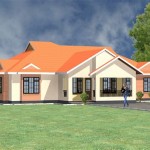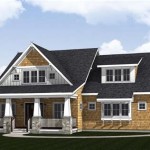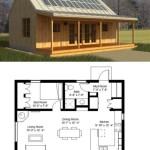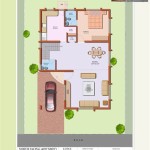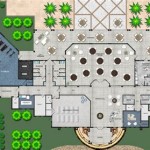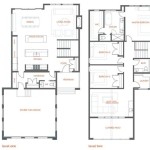Essential Aspects of Sheep Housing Plans
Developing a well-designed sheep housing plan is crucial for the health, well-being, and productivity of your flock. Here are some essential aspects to consider when creating a comprehensive housing plan for sheep:
1. Size and Layout: The size of the housing facility should be based on the number of sheep to be housed, their breed, and the desired stocking density. Proper ventilation and air circulation are essential, so consider the placement of windows, doors, and fans. The layout should provide separate areas for feeding, resting, and waste management, with ample space for movement and interaction.
2. Shelter Design: The type of shelter will depend on the climate and geographical location. Sheep require a dry and draft-free environment. In cold climates, insulated walls and roofs are essential. In warmer climates, open-sided shelters or shade structures may be sufficient. Ewes with lambs require special housing with nesting areas.
3. Flooring and Bedding: The flooring should provide good drainage and prevent pooling of water. Concrete floors are durable but can be uncomfortable for sheep. Rubber mats or deep bedding materials like straw or wood chips provide a softer surface. Regular cleaning and disinfection are necessary to maintain hygiene and prevent disease.
4. Feeding and Watering: Access to clean water is essential for sheep. Provide automatic waterers or a sufficient number of troughs. Feeders should be accessible and protect feed from contamination. Consider the type of feed being used and adjust feeder height and design accordingly.
5. Ventilation and Air Quality: Adequate ventilation is crucial to prevent respiratory issues in sheep. Natural ventilation through open windows and doors can be supplemented by fans or exhaust systems. Avoid overcrowding and ensure proper air circulation to maintain good air quality.
6. Waste Management: A proper waste management system is essential for sanitation and disease prevention. Manure can be collected and composted or removed regularly. Slatted floors or raised platforms can assist in keeping sheep clean and dry.
7. Lighting: Sheep are diurnal animals, so providing natural light is beneficial. Light stimulates feeding and other activities. In areas with limited daylight, artificial lighting may be necessary to maintain a consistent photoperiod.
8. Biosecurity: Implementing biosecurity measures is essential to prevent the spread of diseases. Restrict access to the housing area, quarantine new animals before introducing them to the flock, and implement regular vaccination programs.
9. Health and Safety: Regularly inspect the housing facility for potential hazards like loose wires or sharp objects. Ensure that there are no sharp edges or protruding nails that could injure sheep. Provide escape routes in case of emergencies.
By incorporating these essential aspects into your sheep housing plan, you can create a healthy, comfortable, and productive environment for your flock.

Sheep Shed Housing Information Guide Farm

Build Your Own Sheep Walkthrough O Donovan Engineering
Farm Structures Ch10 Animal Housing Sheep And Goat Rabbit

Building A New Sheep Shed O Donovan Engineering

Buildings Focus A New Sheep Shed On The Foot Of Dunkerron Mountains In Co Kerry Agriland Ie

Sheep Shed Housing Information Guide Farm

Open End Pole Sheep Barn Drive Thru Feeding Plan
Chapter 3 Construction And Equipment

Build Your Own Sheep Walkthrough O Donovan Engineering

Livestock Sheep Housing Animal Husbandry

